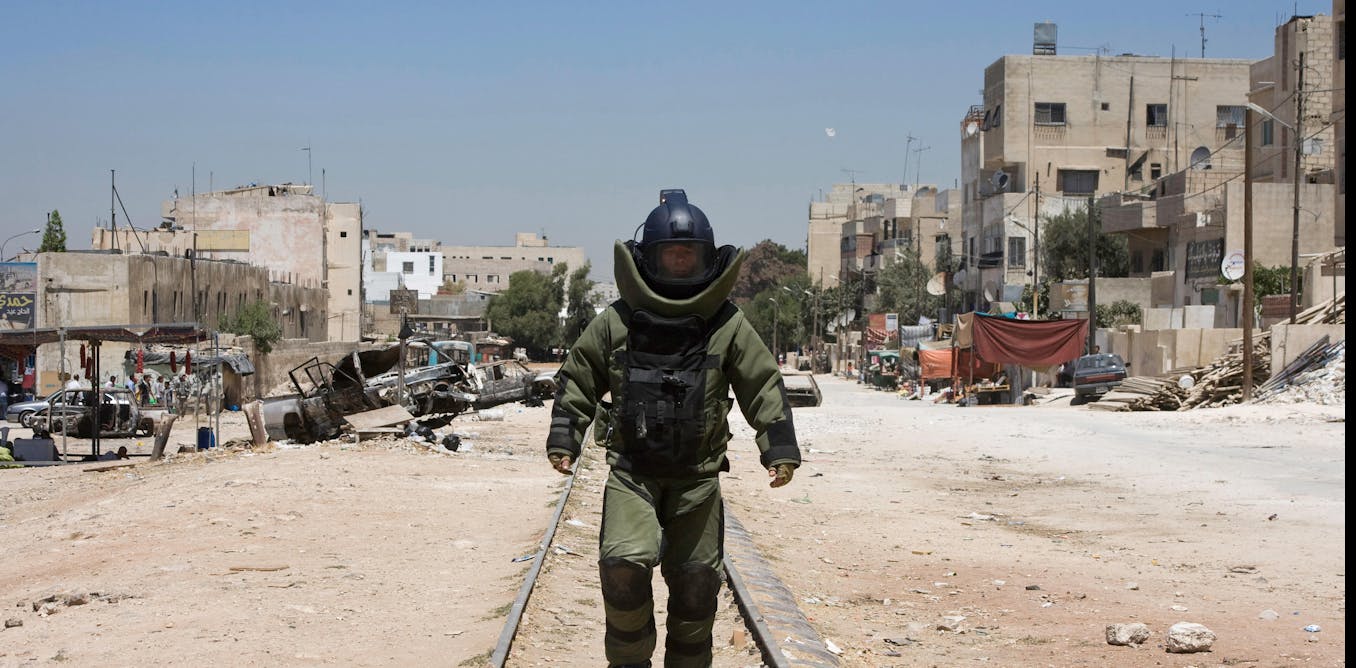At the most prestigious festival, photography celebrates the body and the diversity
7 min read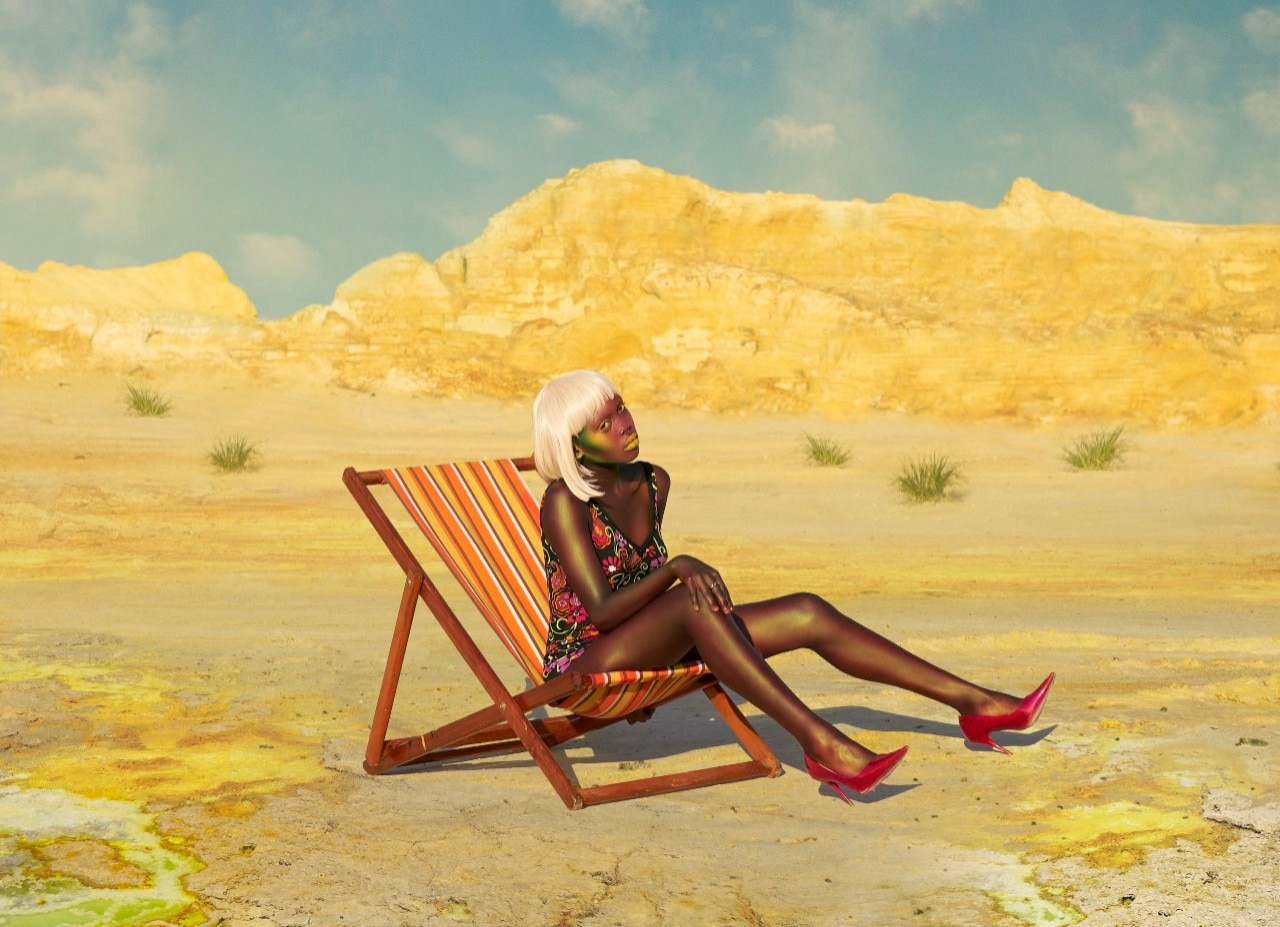
Clarisse Hahn, Outrage, 2021 © Clarisse Hahn – from “Princes de la rue” on show at LA MÉCANIQUE GÉNÉRALE until September 26
This edition, which comes after a pandemic and which has seen the multiplication of catastrophes linked to global warming, is aware of being part of a society that is corroded from a material and spiritual point of view. Nevertheless, it studies the relationship between man-environment-cosmos, fantasising about the possibility of subverting the known imaginary.
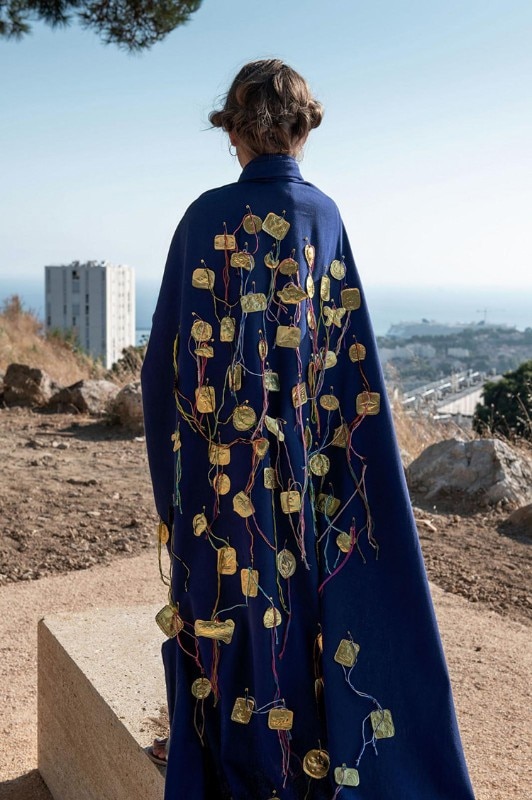
Ilaria Turba, Thea, Plan d’Aou, 2019, Marseille, from the Yearning to see far serie. (MUCEM, Marseille)
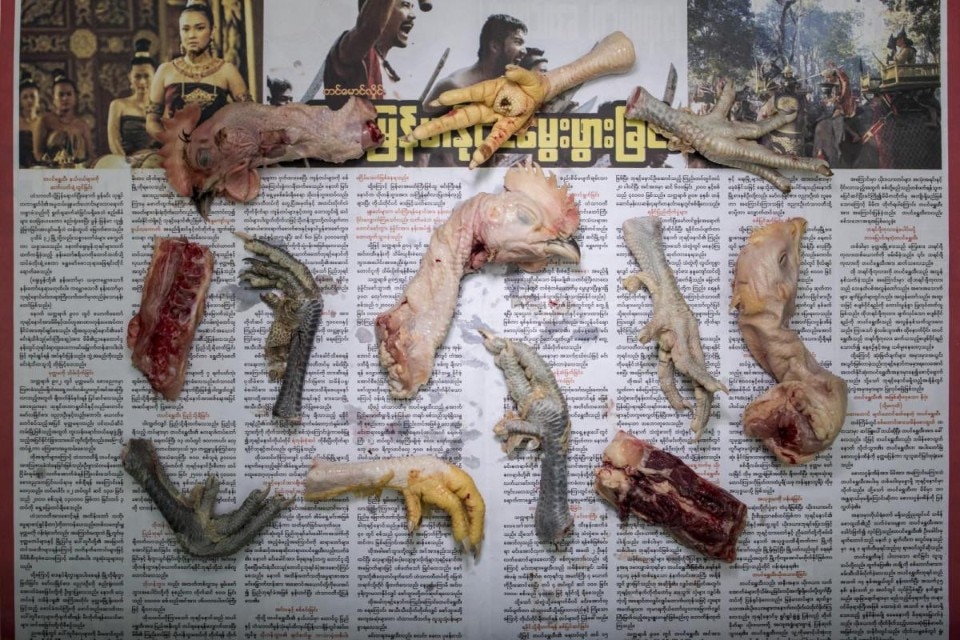
Chow and Lin, Myanmar, Yangon, August 2016 – from the series “The Poverty Line” (LE JARDIN DES VOYAGEURS)
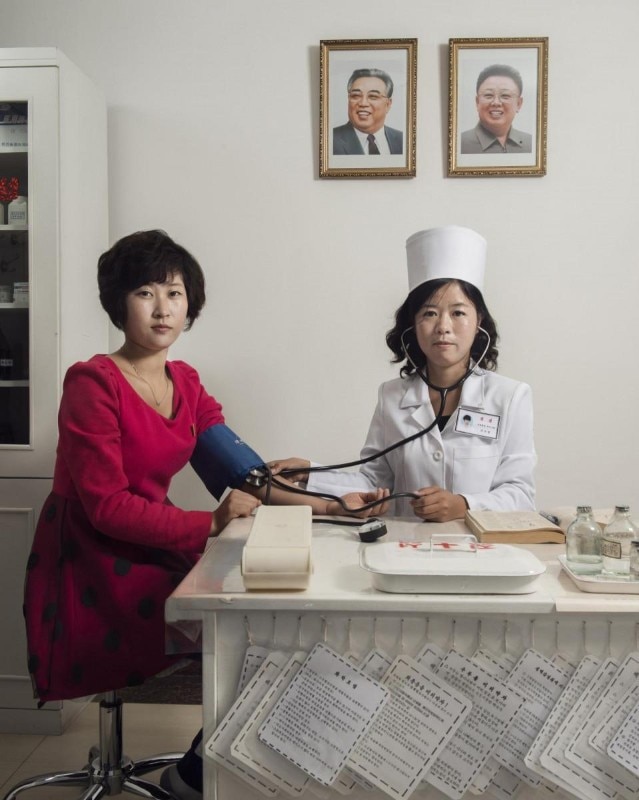
Stéphan Gladieu, North Koreans Portraits, North Korea, Pyongyang, October 2017 / (LE JARDIN D’ÉTÉ)
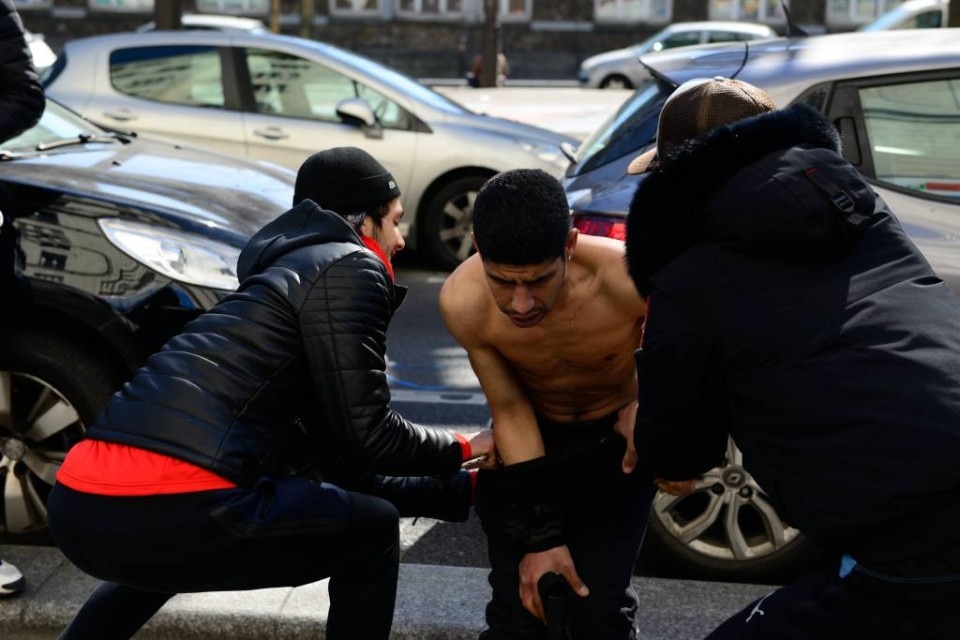
Clarisse Hahn, Outrage, 2021 © Clarisse Hahn – from “Princes de la rue” on show at LA MÉCANIQUE GÉNÉRALE
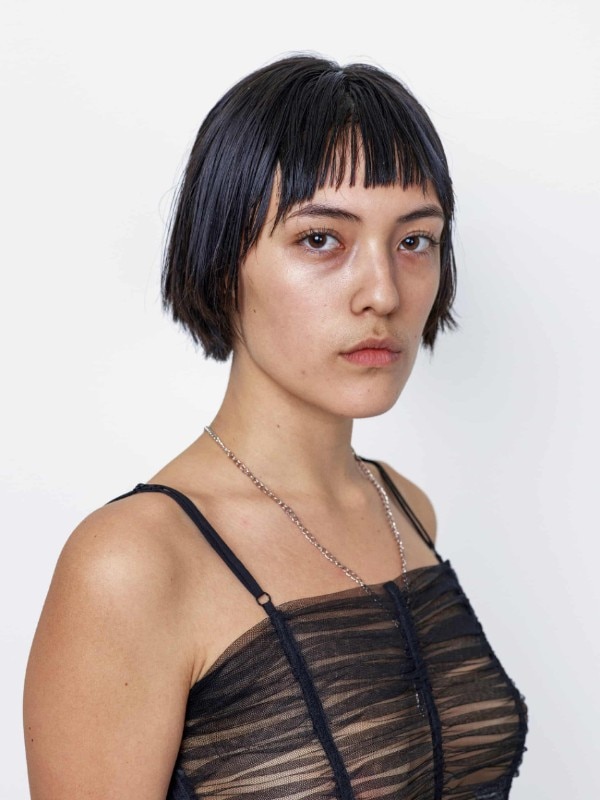
Pieter Hugo, Alexandra, London, 2020, from the Solus series. Courtesy of the artist / on show at PALAIS DE L’ARCHEVÊCHÉ until September 26
Fundamental aspects of the representation consist in the body’s ability to manifest itself, its property of being seen and the possibility of being interpreted. In Pieter Hugo’s Being Present at the Palais De L’Archevêché, the subjects are literally exposed, the collection of traditional portraits follows a dual principle: within a Lombrosian cataloguing, the deep humanity of the relationship between photographer and subject emerges, infinitely multiplied by a reciprocity of gazes.
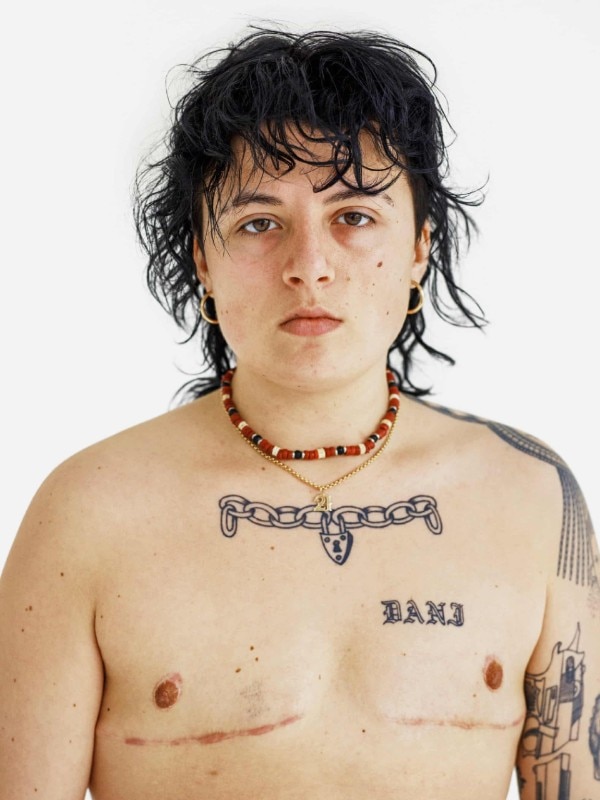
Pieter Hugo, Alexandra, London, 2020, from the Solus series. Courtesy of the artist / on show at PALAIS DE L’ARCHEVÊCHÉ until September 26
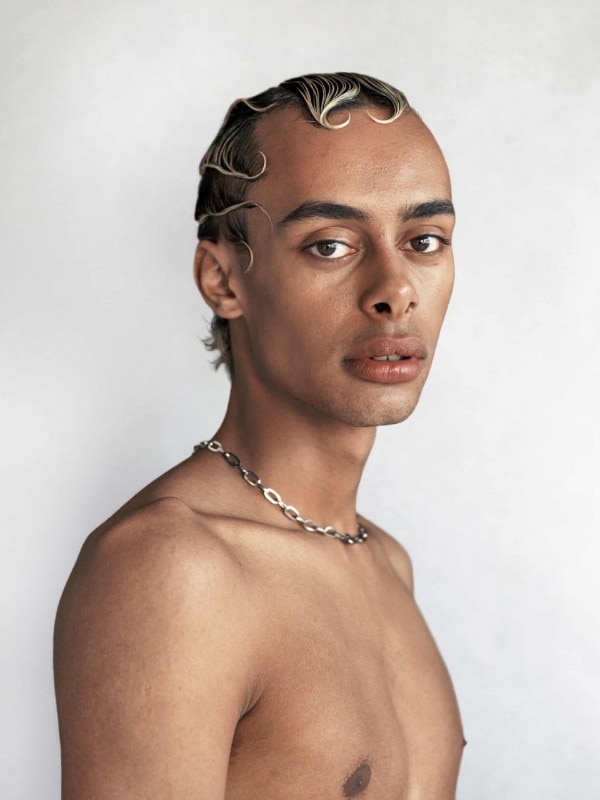
Pieter Hugo, Alexandra, London, 2020, from the Solus series. Courtesy of the artist / on show at PALAIS DE L’ARCHEVÊCHÉ until September 26
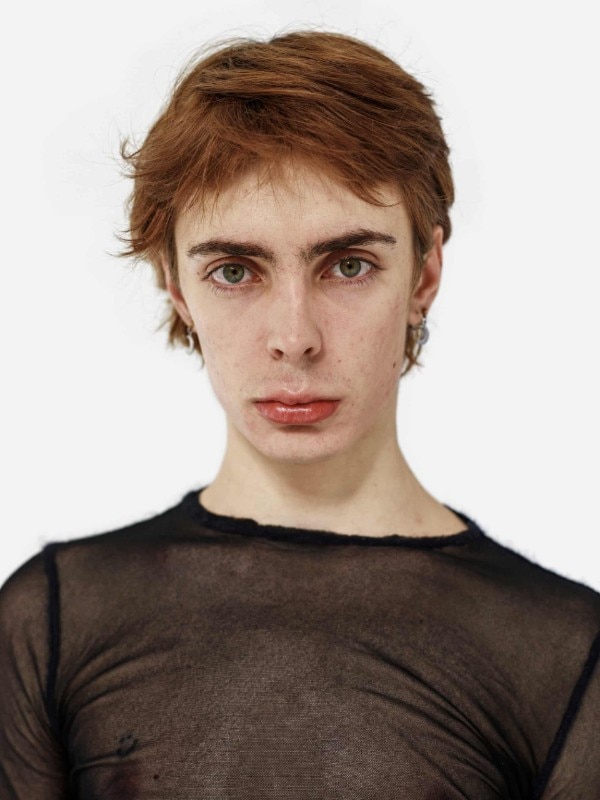
Pieter Hugo, Alexandra, London, 2020, from the Solus series. Courtesy of the artist / on show at PALAIS DE L’ARCHEVÊCHÉ until September 26
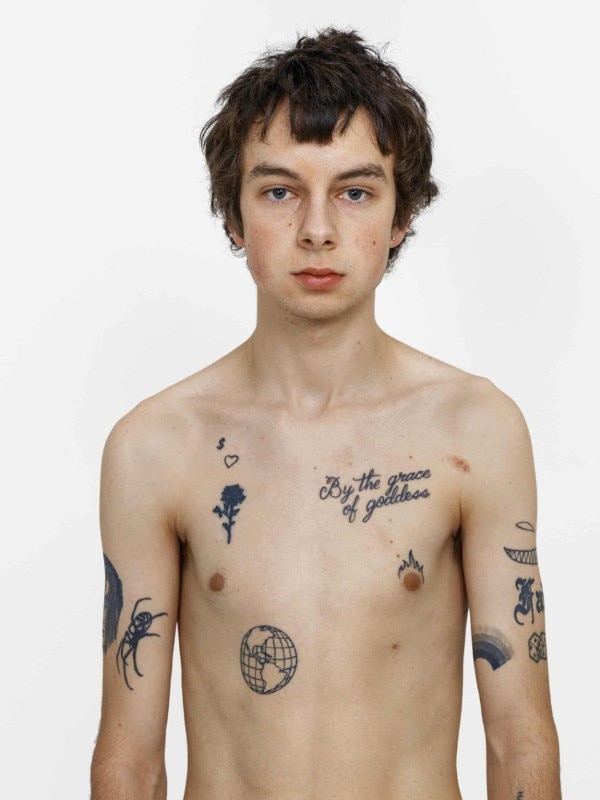
Pieter Hugo, Alexandra, London, 2020, from the Solus series. Courtesy of the artist / on show at PALAIS DE L’ARCHEVÊCHÉ until September 26
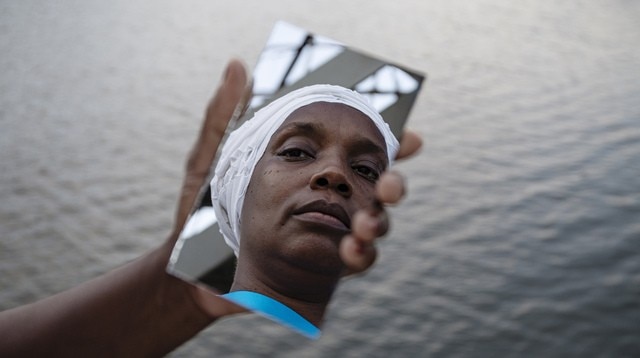
Aline Motta, (Other) Foundations, #3, 2017-2019
The body is the fibre that filters the rest of the world, it is an instrument of denunciation, it decodes language through gesture. Rethink Everything (Espace Van Gogh) is a title and a mantra that focuses on the body as a political means of claiming, it questions the concept of property and the role of feminism in capitalism.
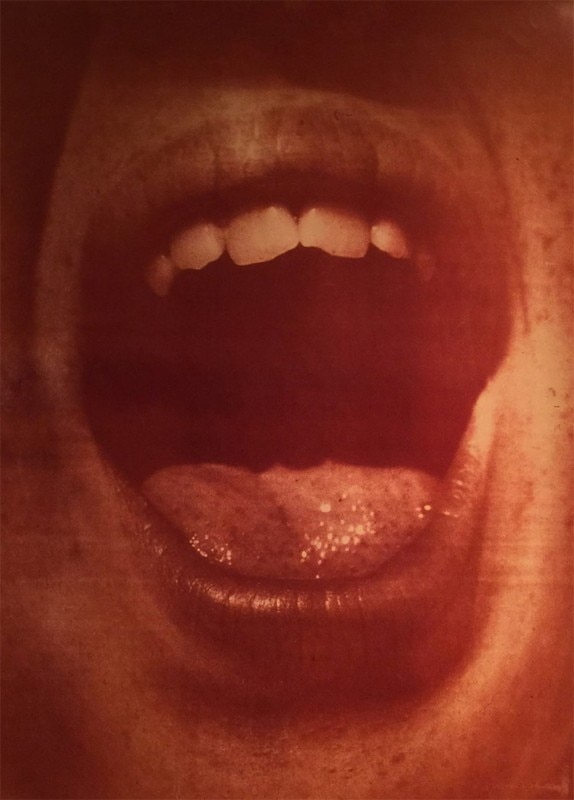
Graciela Sacco, Untitled, from the Bocanada series, 1993
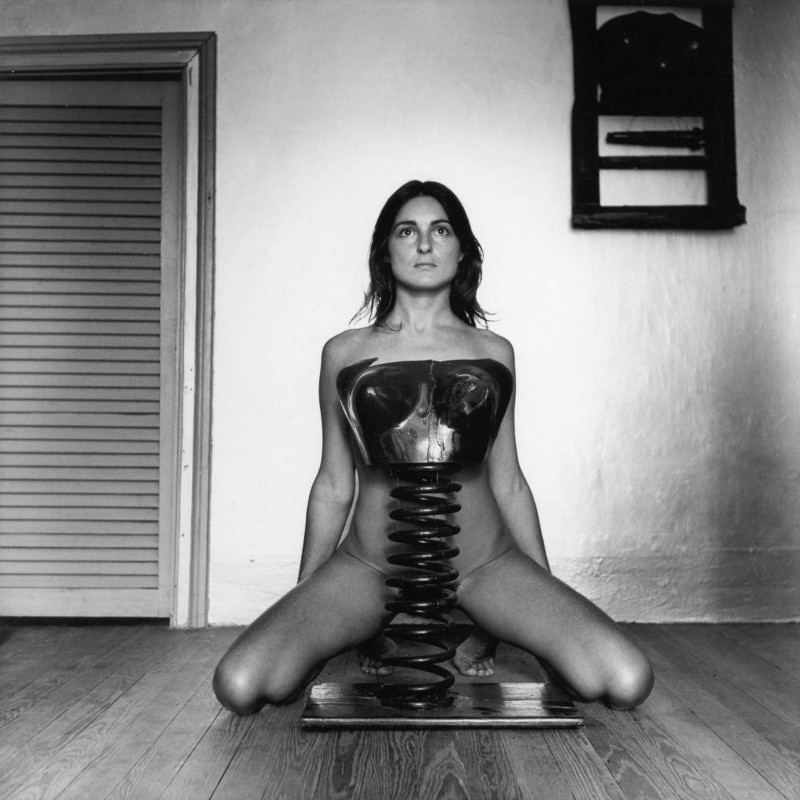
Liliana Maresca, Untitled. Liliana Maresca and her artworks, 1983. Photograph by Marcos López
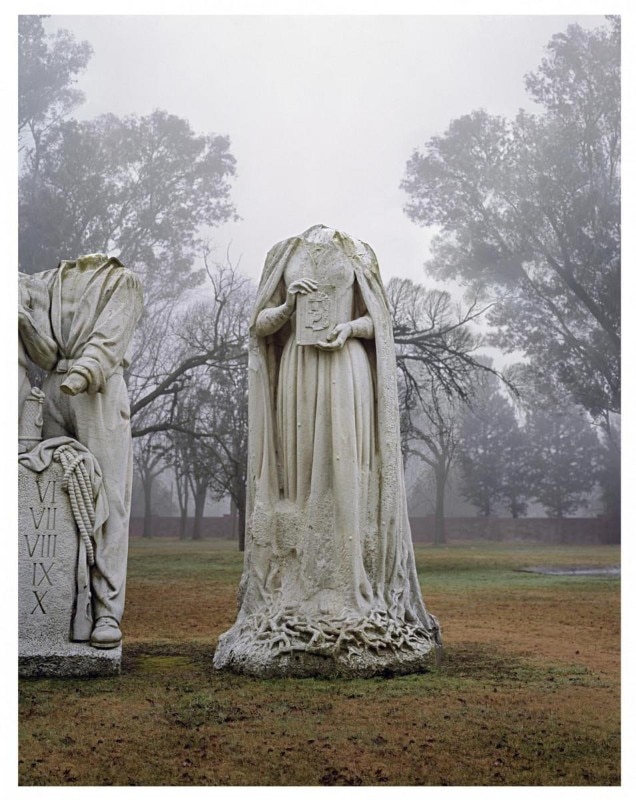
Santiago Porter, Evita, from the Bruma II series, 2008. Exhibition at ESPACE VAN GOGH
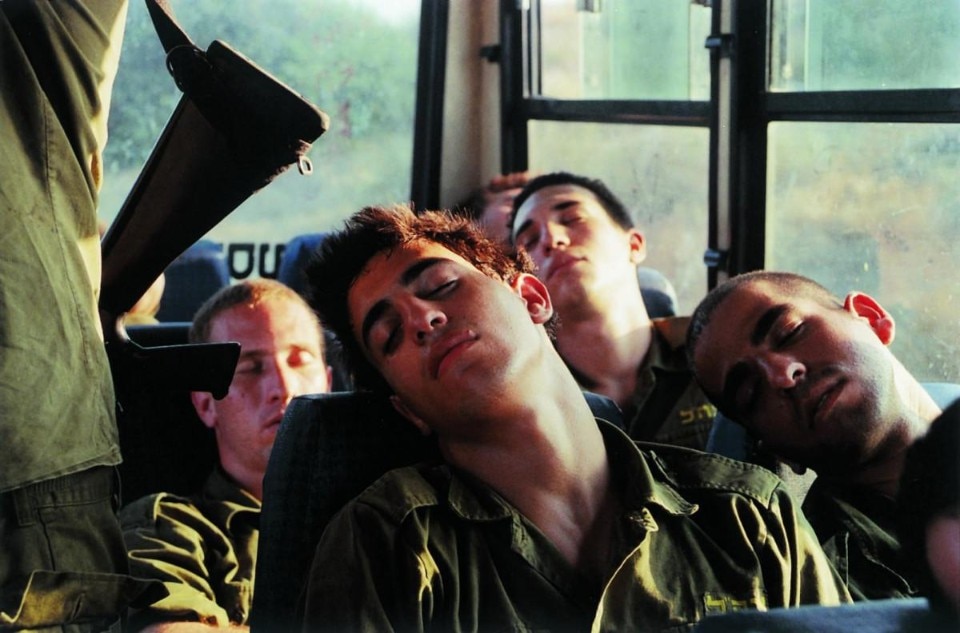
Adi Nes, Untitled, from the Soldiers series, 1999- Courtesy of the artist and Praz-Delavallade Paris, Los Angeles
Beauty and gender and ethnic identity are the themes that contribute to the creation of a more proper collective imaginary. Masculinities (La Mécanique Générale) is a collection of works realised by leading figures of photography, cinema and performing arts, which re-examines the codes of masculinity from an anthropological, social and political perspective. Queer identity, patriarchy, hyper-masculinity, submission, tenderness, extension of the body beyond stereotypes. Do men cry? What is the identikit of the perfect man according to men and what according to women?
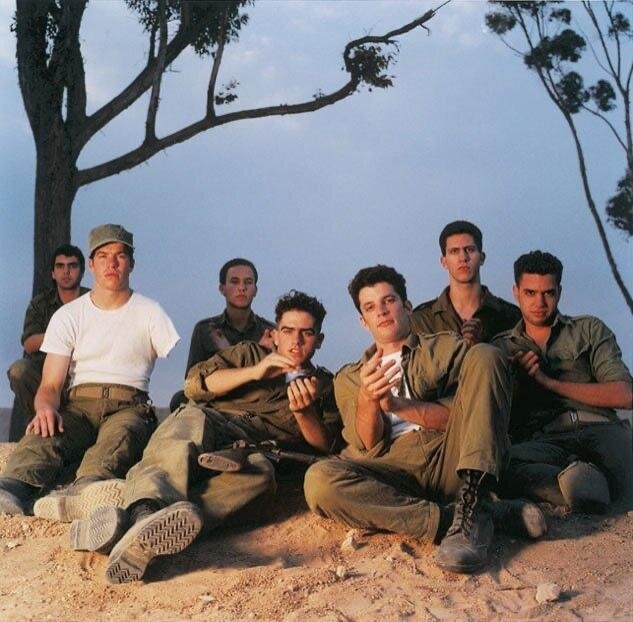
Adi Nes, Untitled, from the Soldiers series, 1999 Courtesy of the artist
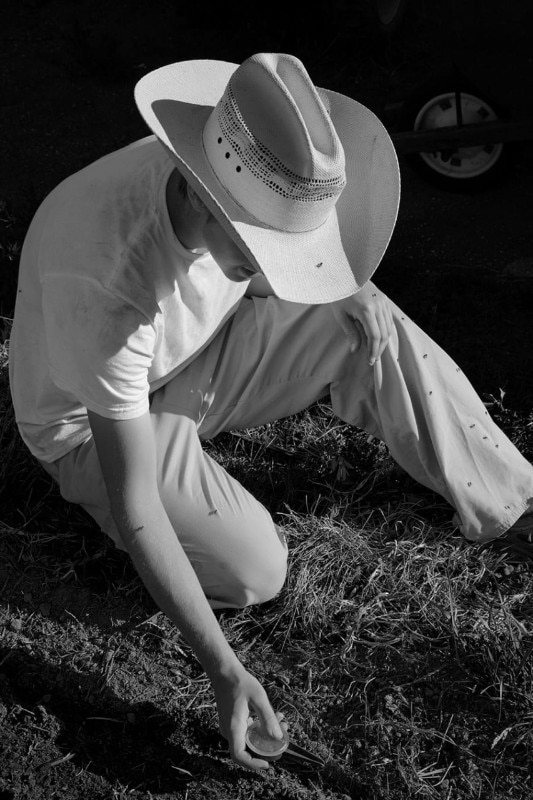
Sam Contis, Seed-Sower from Deep Springs series
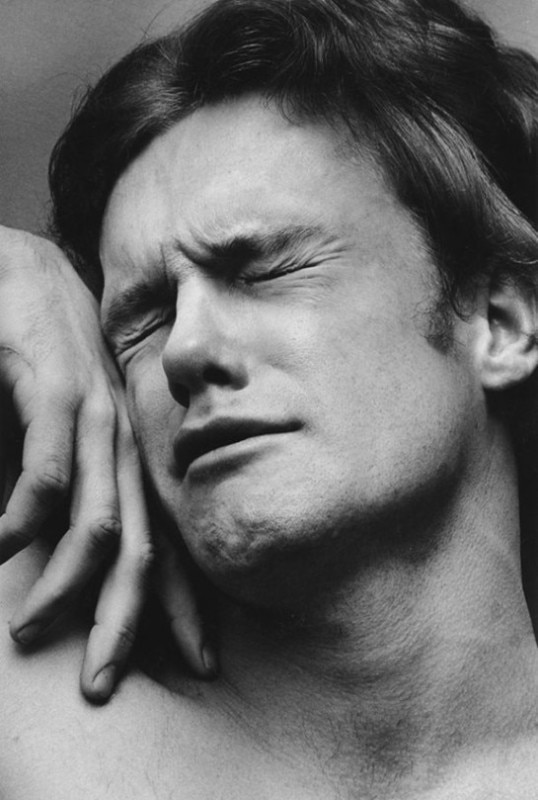
Peter Hujar, Orgasmic Man. 1969
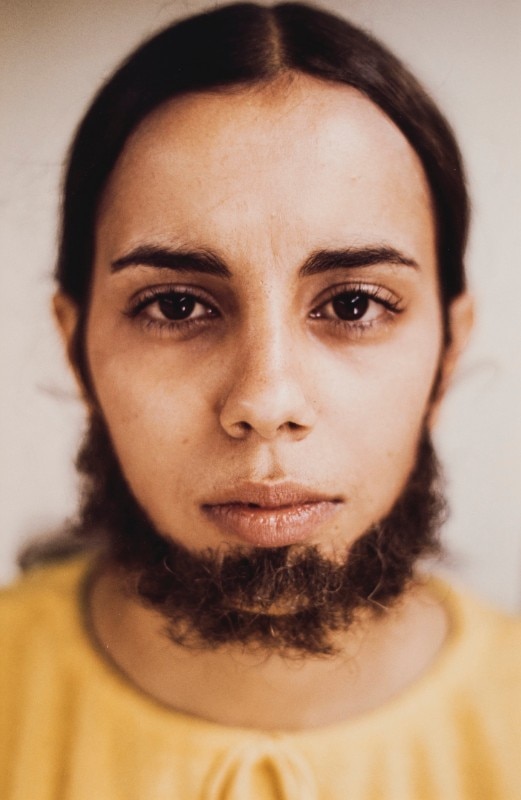
Ana Mendieta, Untitled (Facial Hair Transplants), 1972/1997

Stephen, 2009, c-print, 102 × 76 cm © the artist. Courtesy Regen Projects, Los Angeles via Art Review
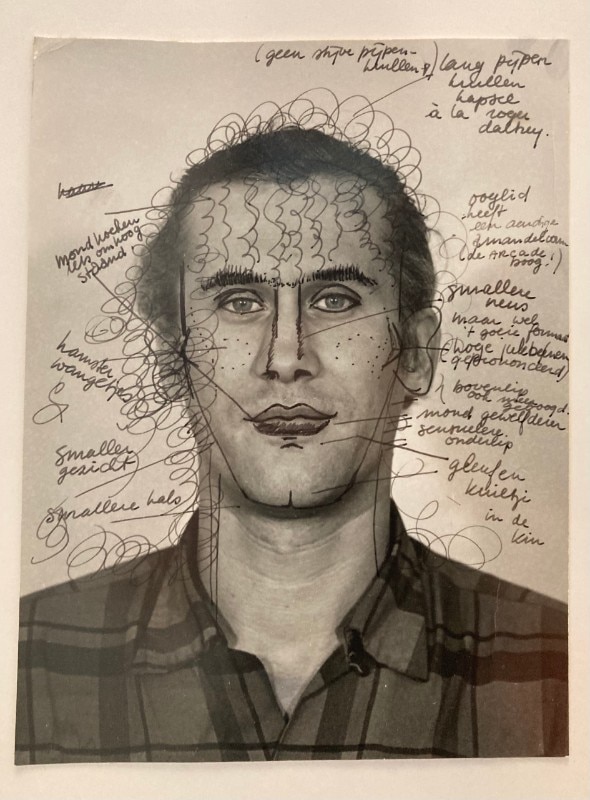
Hans Eijkelboom “The Ideal Man” (1978) – LA MÉCANIQUE GÉNÉRALE
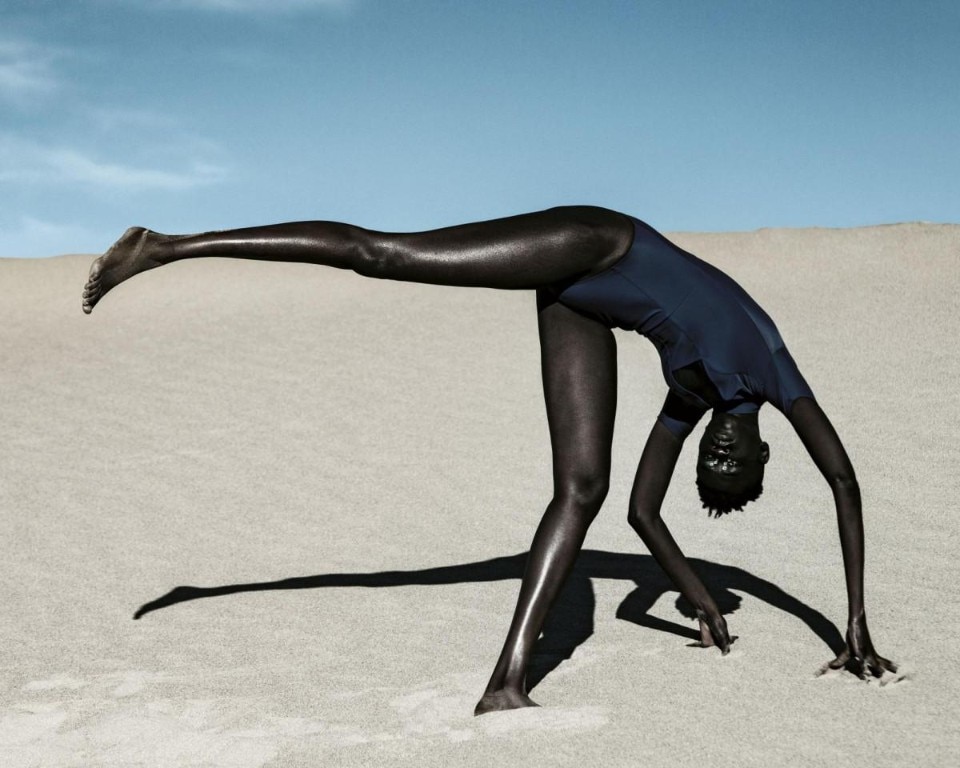
Dana Scruggs, Nyadhour, Elevated, Death Valley, California, 2019
On the contrary, the matter of the representation is addressed by giving voice to the real protagonists of the diaspora who celebrate the black body with the aim of writing a new collective memory. The artists of The new black vanguard (Église Sainte-Anne) come from different disciplines and already make their practice a form of activism.
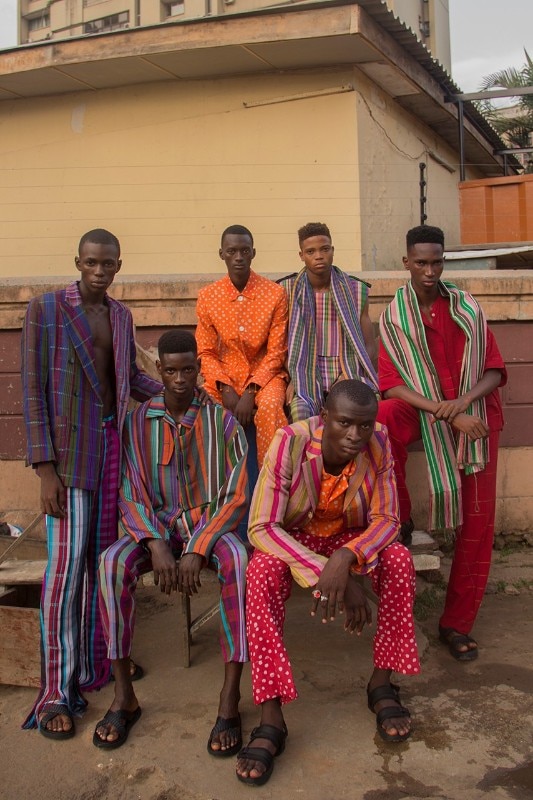
Stephen Tayo
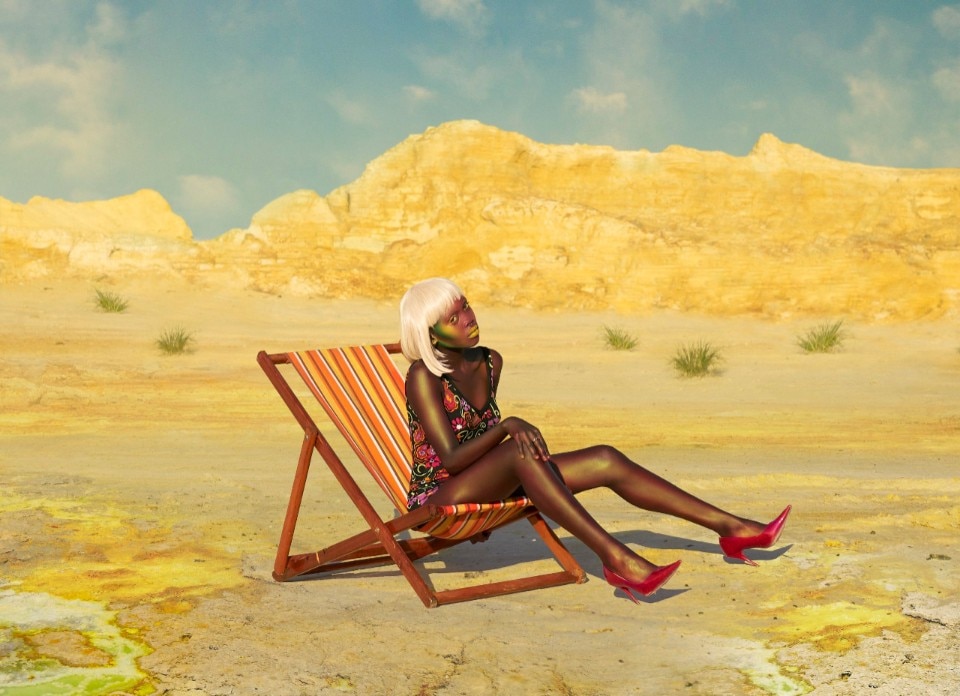
Nxedlana Late Leisure We Are Data Mines scaled
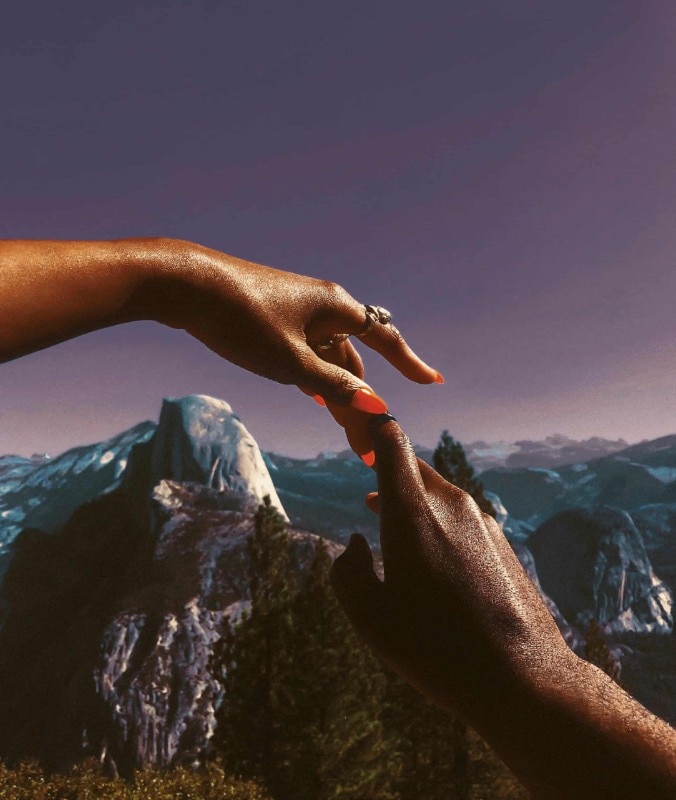
Adrienne Raquel – A Modern Michelangelo, Yosemite Valley, California, 2018
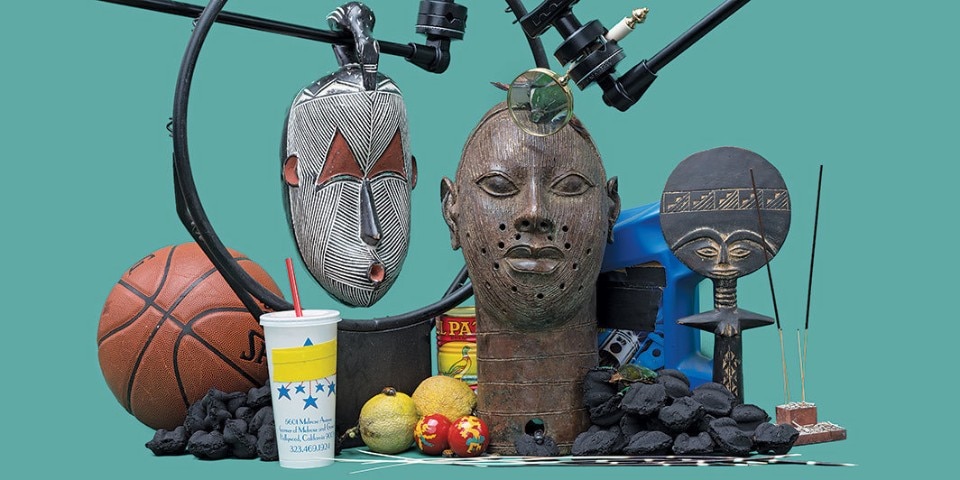
Awol Erizku from Chippi Chippi 2018
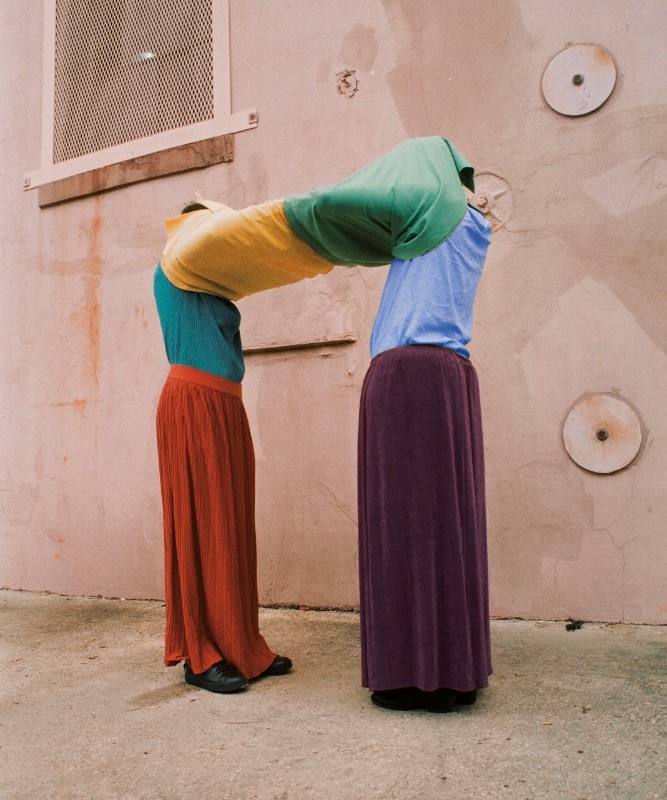
Arielle Bobb Willis / ÉGLISE SAINTE-ANNE
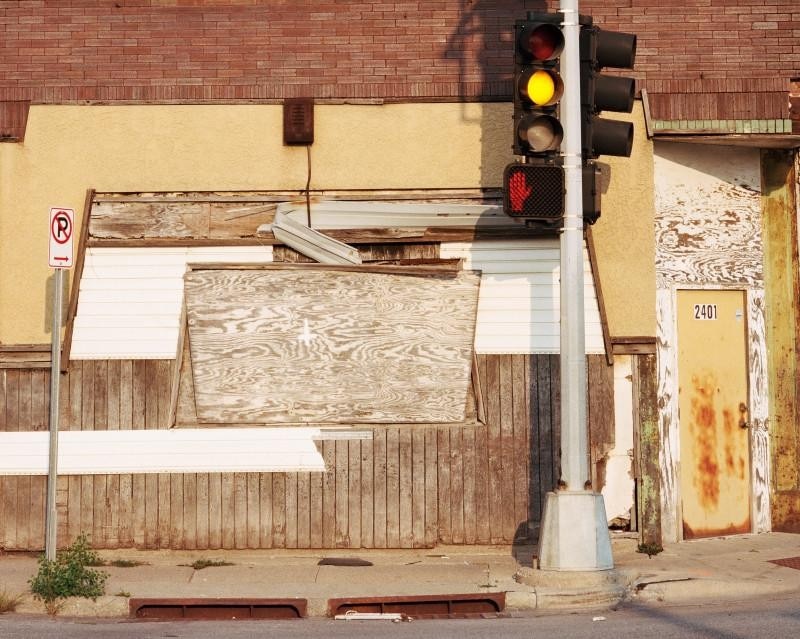
Zora J Murff, Cross, from the At No Point in Between series, 2019- Courtesy the artist and Webber Gallery, London
Against the trauma of systemic racism that still affects our societies, making us witnesses of crimes and accomplices of injustice, Zora J Murff, At No Point in Between, gives voice to the “invisible” by denouncing the reality of African-Americans in the North Omaha district of Nebraska. (Part of the Louis Roederer Discovery Award and the selection of artists presented by Webber Gallery – London, New York, USA at the Église Des Frères Prêcheurs).
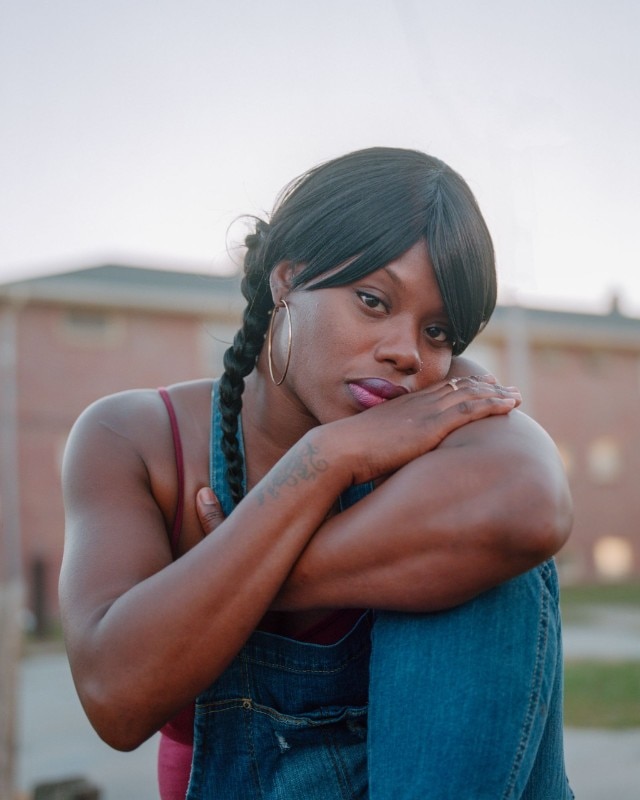
Zora J Murff, from the At No Point in Between series, 2019- Courtesy the artist and Webber Gallery, London
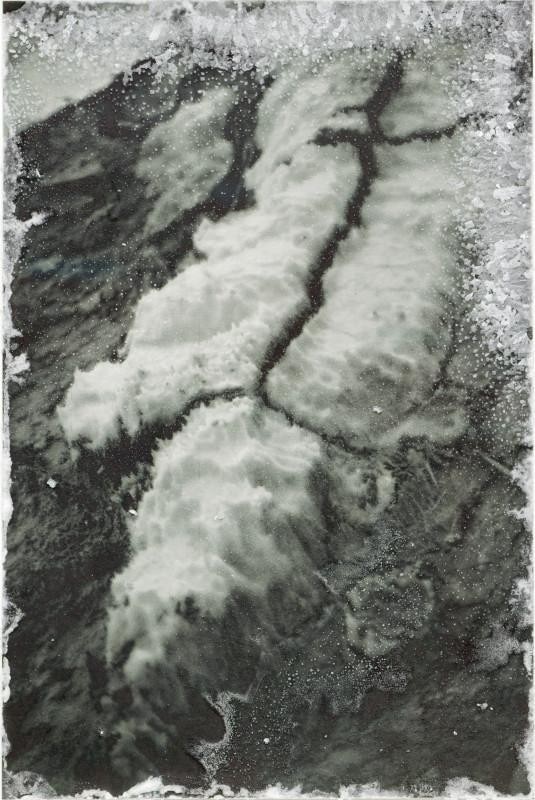
Ilanit Illouz, Salt, The Sinkholes series, 2016–2021
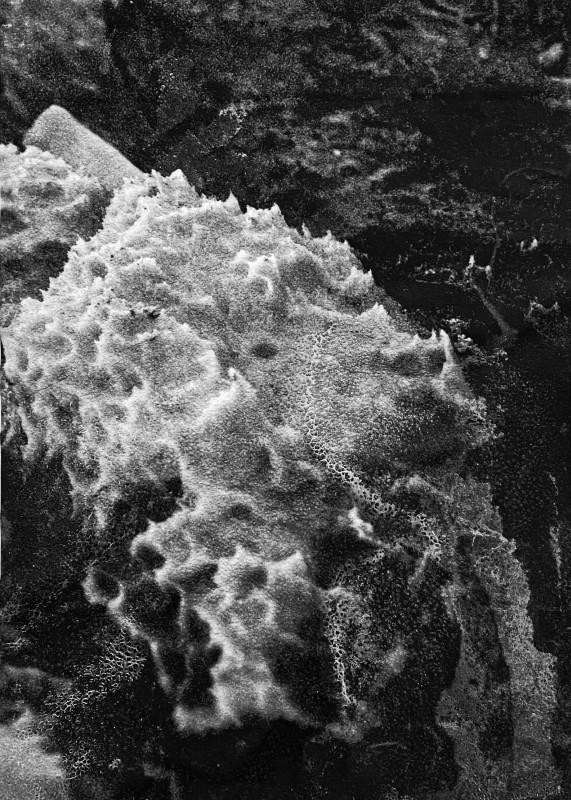
Ilanit Illouz, Salt, The Sinkholes series, 2016–2021 /ÉGLISE DES FRÈRES PRÊCHEURS
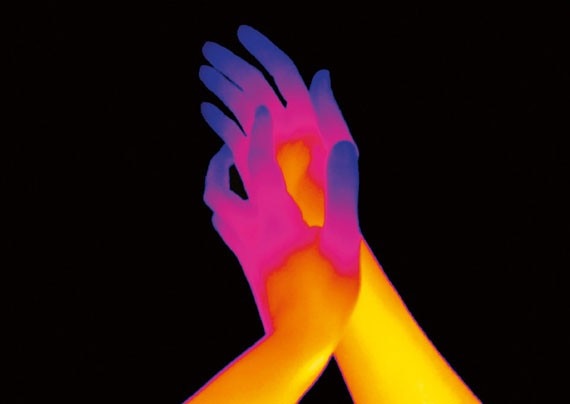
29 SMITH – Spectrographies, 2012
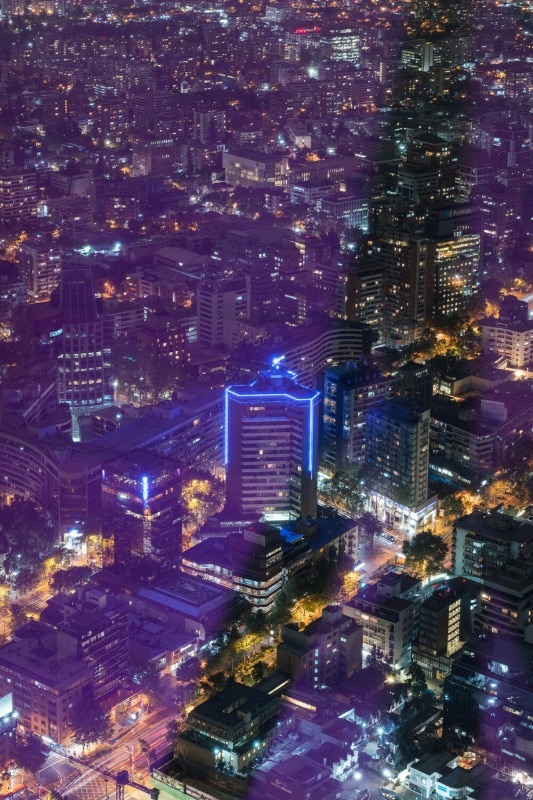
Daniel Reuter, Untitled, from the Providencia series, 2019
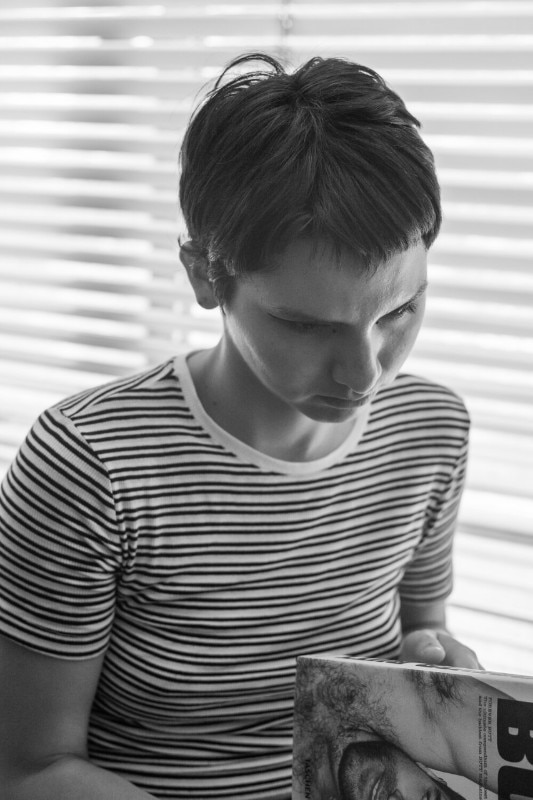
Daniel Reuter_from the Providencia series, 2019
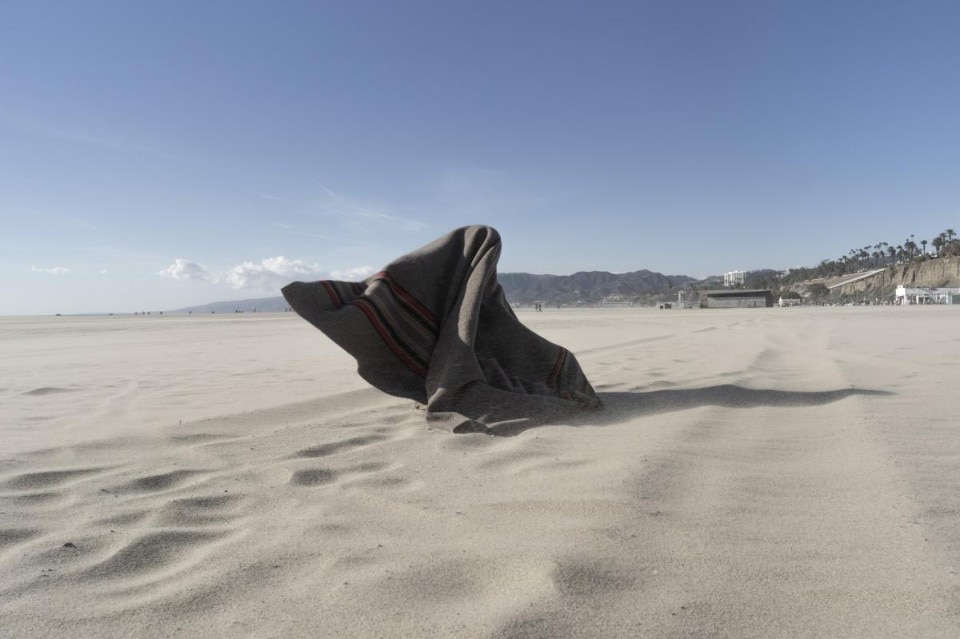
27e Lisa Kohl, from the Shelter series, Los Angeles, United States, 2019 – CHAPELLE DE LA CHARITÉ
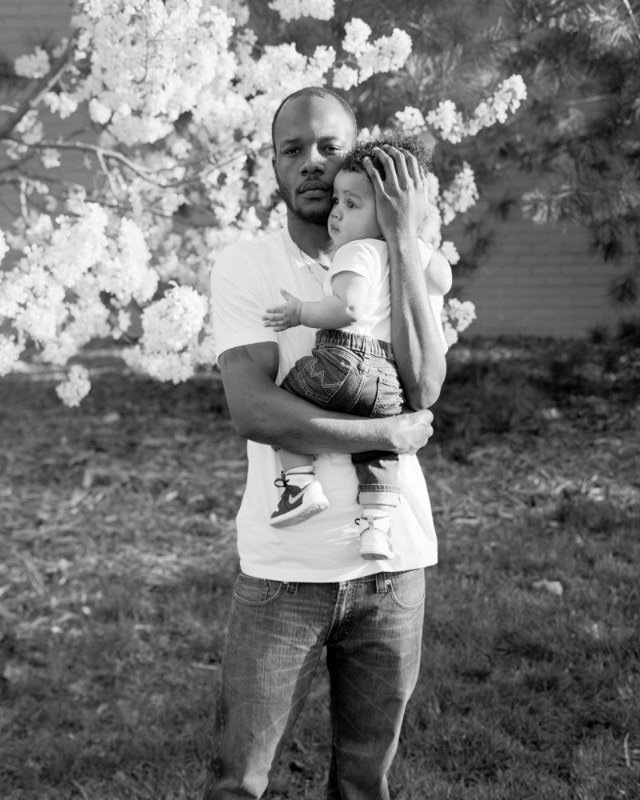
Zora J Murff, Jerrod and Junior (talking about fatherhood), from the At No Point in Between series, 2019 ÉGLISE DES FRÈRES PRÊCHEURS
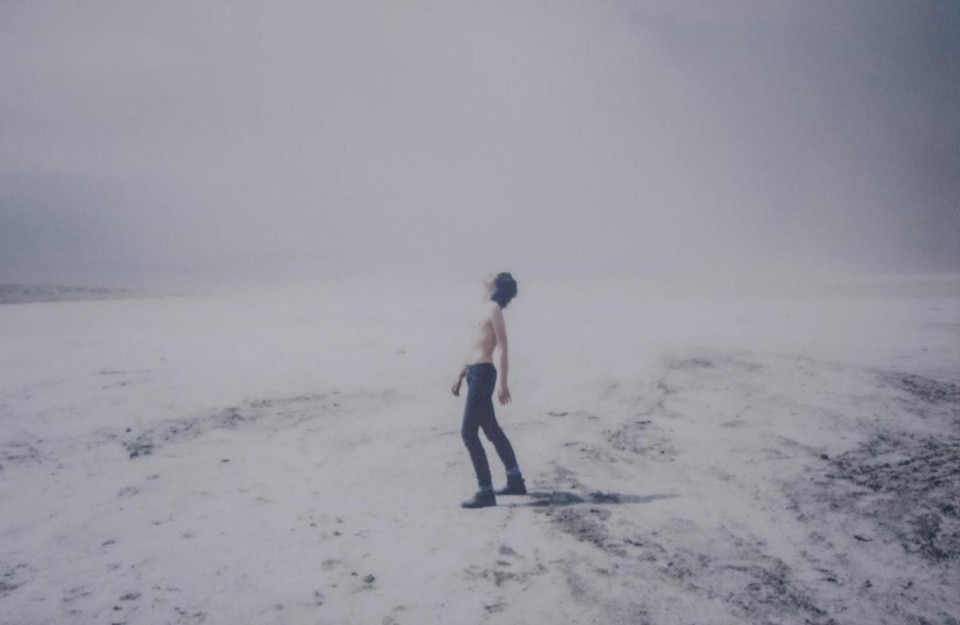
SMITH, Untitled, from the Desideration series, 2000-2021
Smith’s Desideration, set on the upper floor of the shopping warehouse of a Monoprix department store, is an exhibition made of installations, images that become sculpture, where printing supports such as metals and plastics become living matter and reinforce the narrative. Through the character of Anamanda Sîn, Smith gives life to new myths that live in the extra-terrestrial dimension of dreams.
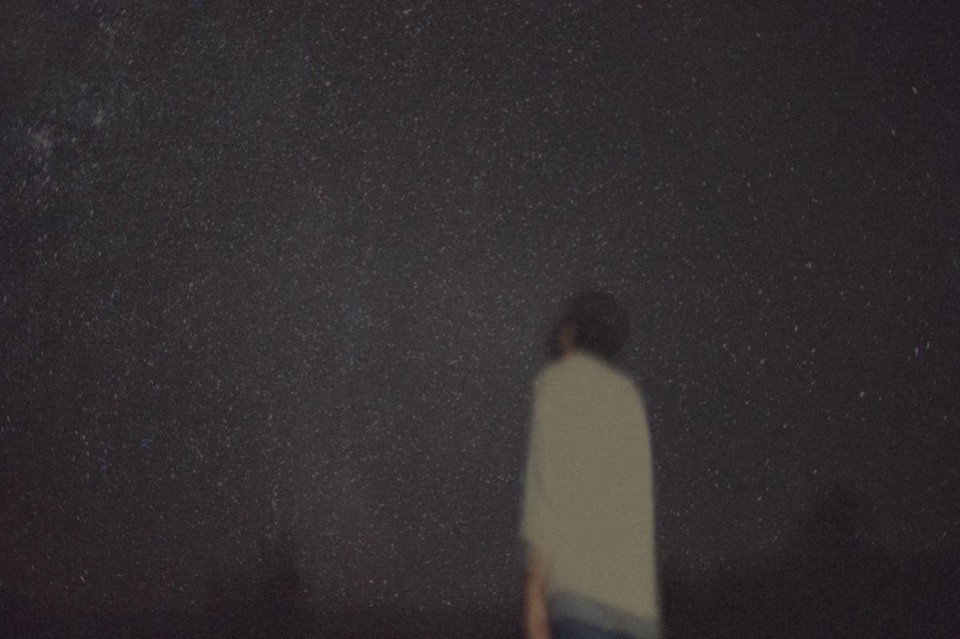
SMITH, Untitled, from the Desideration series, 2000-2021 – MONOPRIX
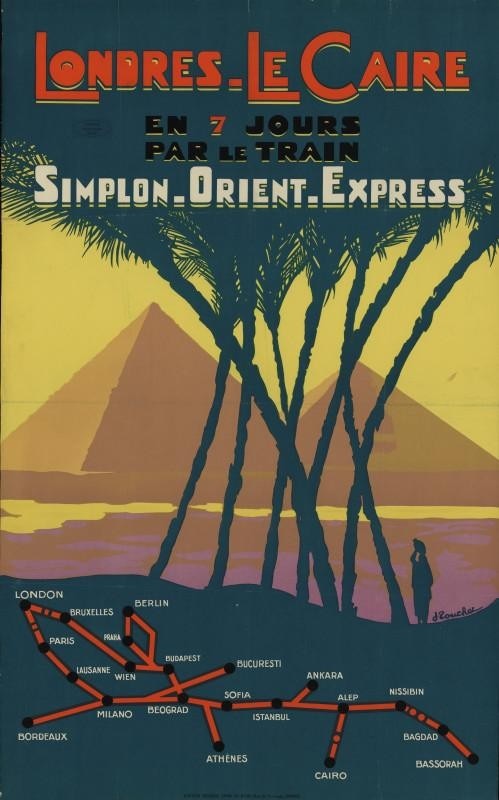
Advertising poster for the Venice Simplon-Orient-Express, by Jacques Touchet, 1930
Orient Express & Co, also at Espace Van Gogh, is an example of a colossal and exemplary research work that brings together various archive materials including maps, illustrations, photos, sometimes even recovered from former employees of the International Sleeping-Car Company. If you want to retrace the history of the first, most luxurious train journey from Paris to Constantinople, the exhibition tells the story of its inception, the diplomatic ideas, the variety of businesses involved, the geographical areas of intersection of the railway lines, and the iconic characters who helped promulgate its image through film and advertising.
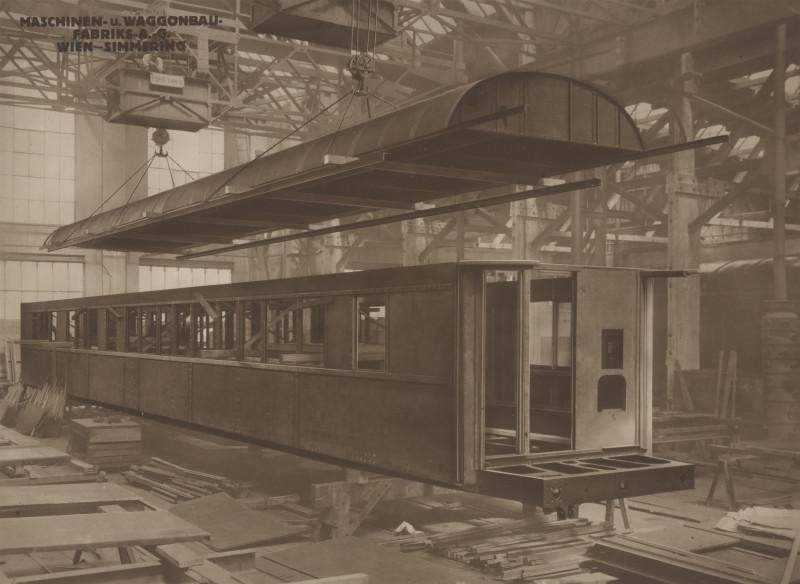
International Sleeping-Car Company
Sleeping and dining cars being built at the Mashinen und Waggonbaufabrik in Vienna-Simmering. Photo Wilhelm Wagner, Atelier für industrielle und technische, 1930
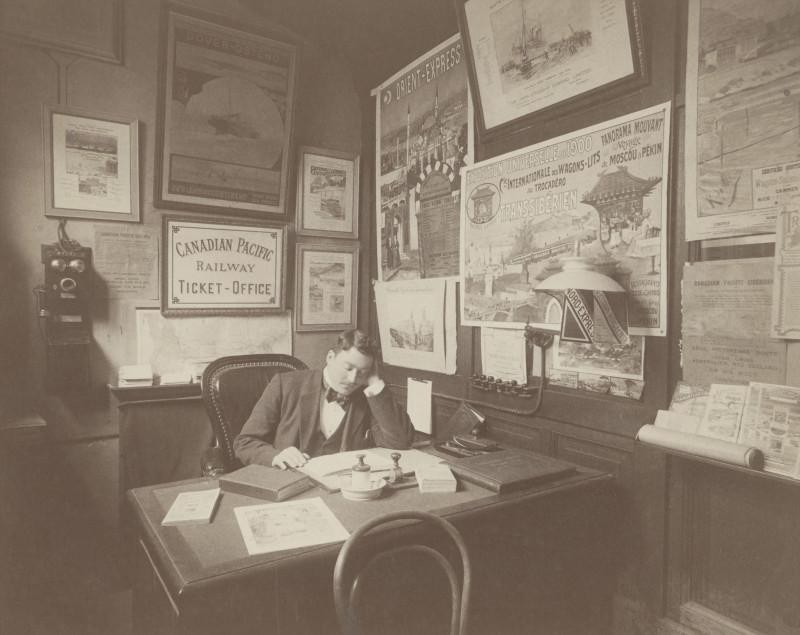
The International Sleeping-Car Company travel agency in Brussels, 1900
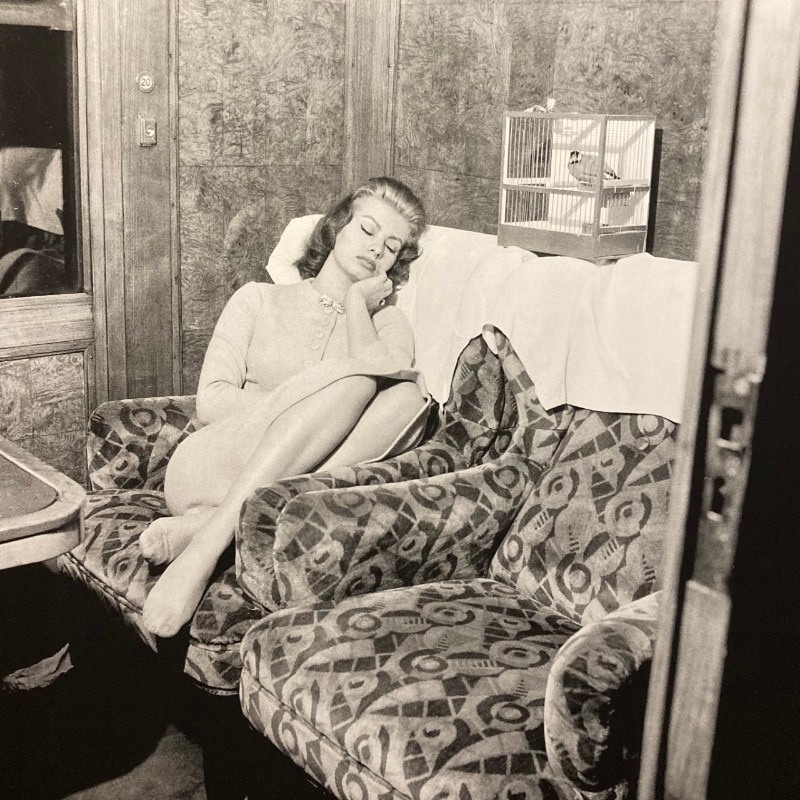
Sophia Loren on the Etoile du nord train
From Brussels to Paris for the french release of Dino Risi’s film Scandal in Sorrento





